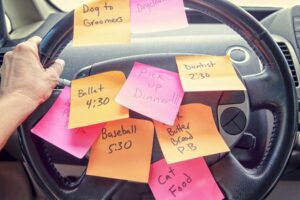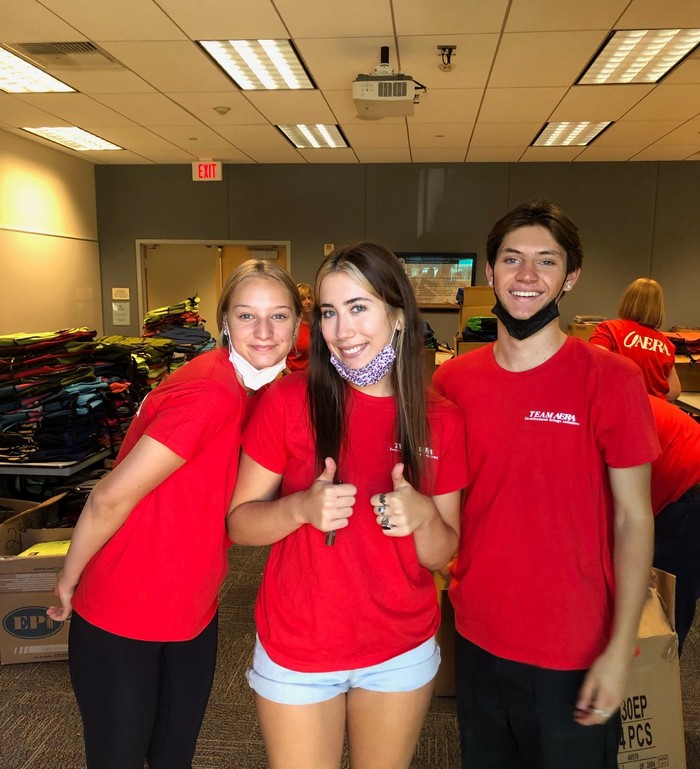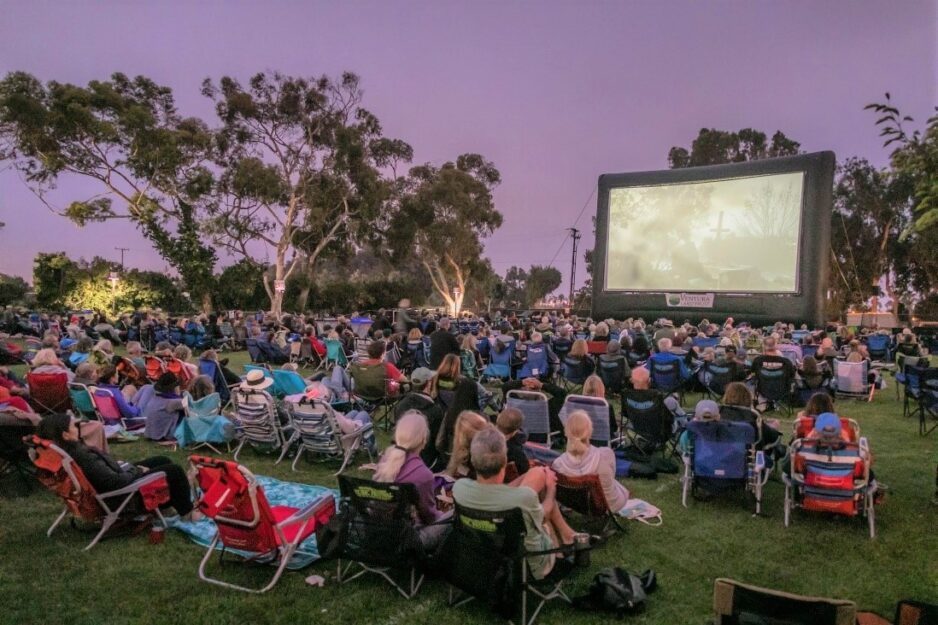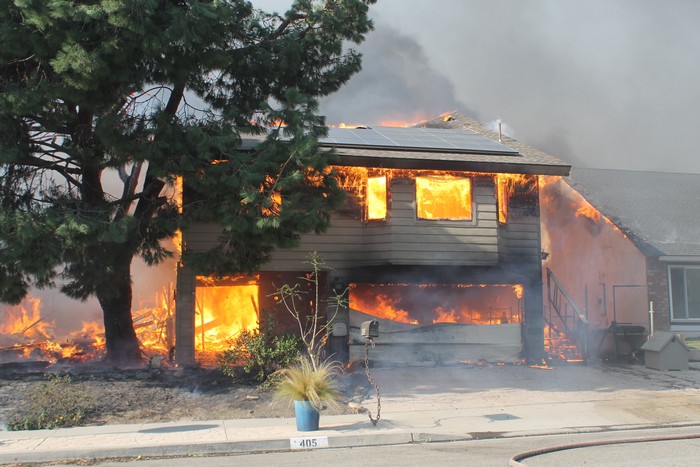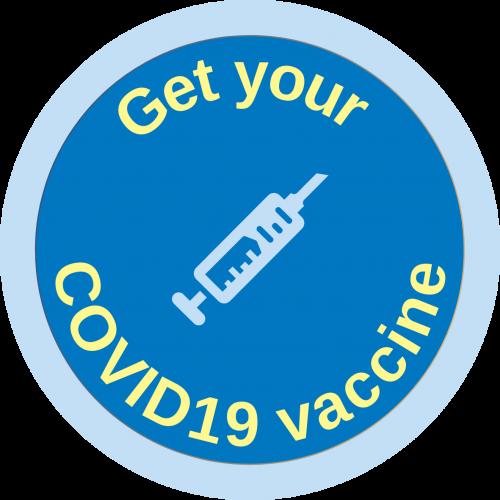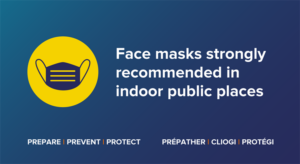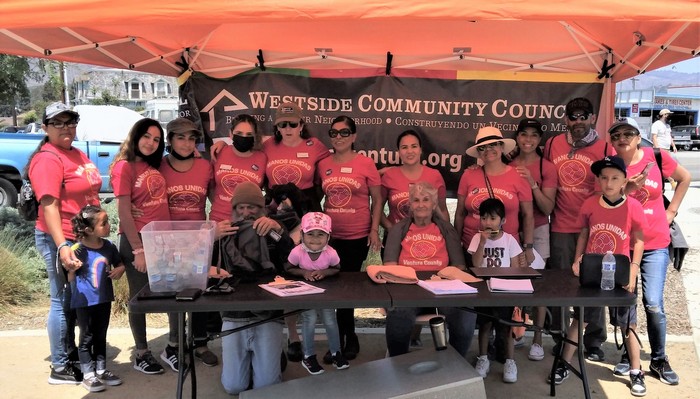Metrolink has announced the expansion of Ventura County Line Saturday service, adding service to and from three additional stations: Camarillo, Oxnard, and Ventura-East.
Metrolink launched Saturday service on the Ventura County Line on May 29 with one roundtrip connecting Moorpark, Simi Valley, Chatsworth, Northridge, Van Nuys, Burbank Airport, Burbank Downtown, Glendale and Los Angeles Union Station. The service is made possible from funding provided by the Ventura County Transportation Commission (VCTC) and Los Angeles Metro.
The expanded Saturday service will depart the Ventura-East Station at 8:15 a.m. and will arrive at Union Station at 10:07 a.m. The return trip leaves Union Station at 4:28 p.m. and arrives at Ventura-East at 6:16 p.m. Travelers wanting to travel northwest can depart Union Station at 4:28 p.m. on Saturday and return Monday. Metrolink train times can be seen at metrolinktrains.com/schedules.
Travelers to Los Angeles arrive at historic Union Station, where they are just a short walk or Metro connection from destinations including Olvera Street, Grand Central Market, Chinatown, Angels Flight and many other attractions. Families can also stop at destinations along the way, such as the Arroyo Simi Bike Path, CSU Northridge and the Burbank Airport.
“When Metrolink Saturday service first launched from Moorpark in May, we received numerous requests to extend the service to Ventura,” said VCTC Executive Director Darren Kettle. “We are excited to add Saturday service to the East Ventura, Oxnard, and Camarillo stations. The extended service will make it easier for more Ventura County riders to explore Los Angeles by train.”
Adults can purchase a $10 Weekend Day Pass that is valid for unlimited rides on Metrolink trains on Saturday or Sunday. And with Metrolink’s Kids Ride Free on Weekends fare, as many as three children aged 17 and younger ride for free with a paying adult, so the new service will offer more affordable connections to summer fun. Paid Metrolink fare includes free transfers to the Los Angeles County Metro bus, subway and light rail system.
The air on all trains is recirculated through antimicrobial air filters that destroy 99.98% of viruses and bacteria. Masks are required on all platforms and trains, and you can ensure you have plenty of space for physical distancing by using the online tool How Full is My Train? Each train car also has two hand sanitizer stations, and cars are cleaned and disinfected throughout the day using hospital-grade products.
More information can be found at https://www.goventura.org/getting-around/metrolink-saturday-service/.
